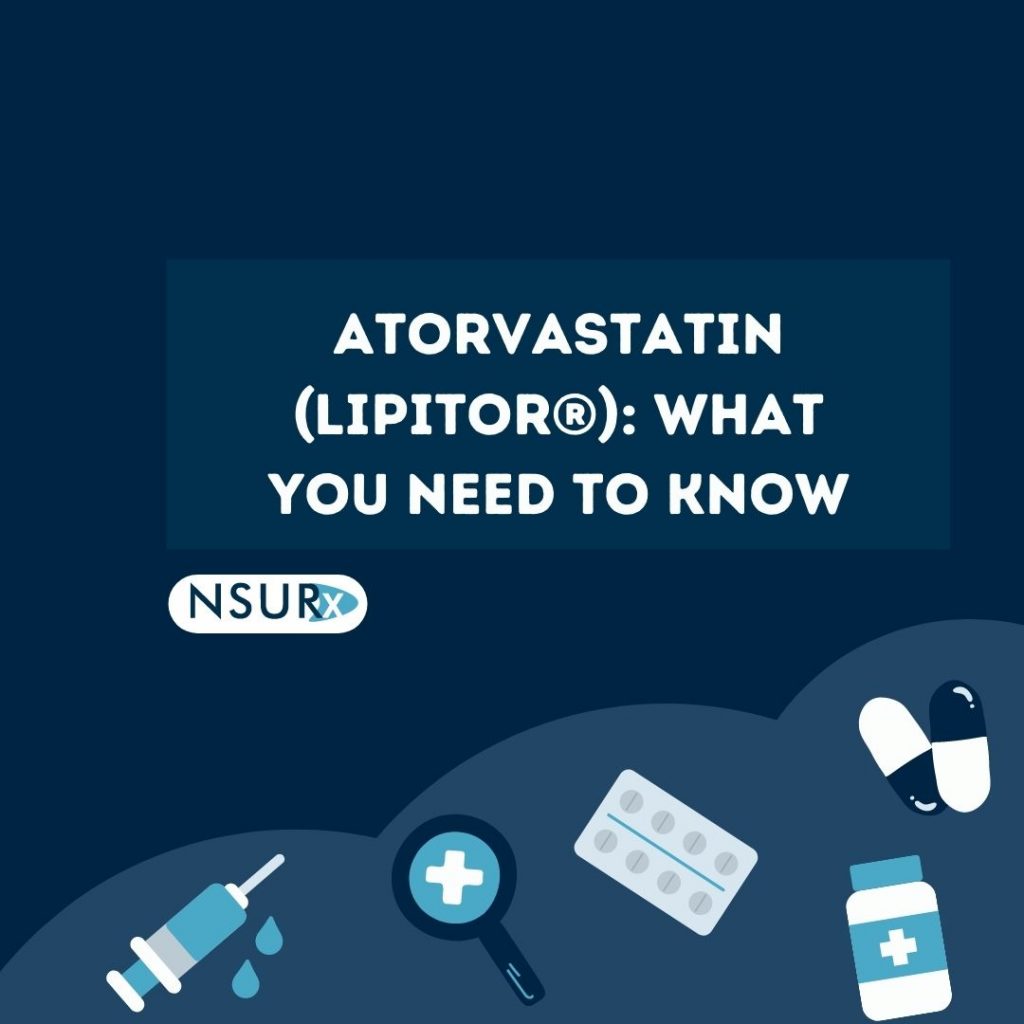
Gout, an ancient disease often depicted in historical texts as the “disease of kings,” remains a common and painful condition affecting millions worldwide. Fortunately, modern medicine has provided us with effective tools to manage it, one of which is Allopurinol. This blog post delves into how Allopurinol helps control gout and manage uric acid levels, offering a beacon of relief for those afflicted by this condition.
Understanding Gout and Uric Acid
Before we delve into Allopurinol’s role, it’s important to understand what gout is and how it’s related to uric acid. Gout is a form of inflammatory arthritis characterized by sudden, severe attacks of pain, redness, and tenderness in joints. It’s caused by elevated levels of uric acid in the blood, which can form sharp, needle-like urate crystals in a joint or surrounding tissue, leading to pain and inflammation.
The Role of Allopurinol
Allopurinol is a medication that has been a cornerstone in the management of gout for several decades. It’s primarily used to lower blood uric acid levels, addressing the root cause of gout. By reducing uric acid levels, Allopurinol can prevent gout attacks, reduce the severity of attacks when they do occur, and prevent the formation of kidney stones related to high uric acid levels.
How Does Allopurinol Work?
Allopurinol works by inhibiting an enzyme called xanthine oxidase. This enzyme is responsible for converting xanthines into uric acid. By blocking this conversion, Allopurinol effectively reduces the overall uric acid production in the body, thus lowering the risk of gout attacks and the formation of urate crystals.
Starting Allopurinol: What to Expect
When starting Allopurinol, it’s crucial to understand that it’s a long-term treatment. It’s not intended for acute gout attacks but rather to prevent future attacks. Initially, when you start taking Allopurinol, it might actually trigger a gout attack because of fluctuating uric acid levels. Therefore, doctors often prescribe a low dose initially and gradually increase it to minimize this risk.
Dosage and Administration
The dosage of Allopurinol can vary based on the severity of the condition and the patient’s kidney function. It’s typically taken once a day, preferably after a meal to reduce the risk of stomach upset. It’s important to follow the dosage and instructions provided by your healthcare provider.
Side Effects and Precautions
While Allopurinol is generally well-tolerated, like all medications, it can have side effects. Common side effects include rash, nausea, and dizziness. Rare but serious side effects may include severe skin reactions and liver damage. It’s important to discuss any concerns and potential side effects with your healthcare provider.
Lifestyle Considerations
In addition to medication, lifestyle changes can play a significant role in managing gout and uric acid levels. These include:
- Hydration: Drinking plenty of water helps in reducing uric acid levels by facilitating its excretion.
- Diet: Avoiding foods high in purines, such as red meat, organ meats, and certain seafood, can help manage uric acid levels.
- Weight Management: Maintaining a healthy weight reduces the strain on joints and decreases uric acid levels.
- Limiting Alcohol: Alcohol, especially beer, can increase uric acid levels and should be consumed in moderation.
Take advantage of NSURx for your prescription drugs!
With the NSURx Prescription Benefit Card, you can save money on your medications at more than 35,000 pharmacies across the United States.
You can save up to 80% on your medication by using an NSURx card. Hundreds of dollars in savings could be yours every time you fill out your prescription.
The more you shop with NSURx, the more NSUR Coins you will receive as a reward.
Conclusion
Allopurinol represents a pivotal treatment in the management of gout, providing those suffering from this condition with a means to control their symptoms and improve their quality of life. Remember, while Allopurinol is effective, it should be part of a comprehensive approach that includes lifestyle changes and regular consultation with your healthcare provider. With the right strategies, living with gout doesn’t have to be a painful reality.
Disclaimer
This blog post is intended for informational purposes only and should not be considered a substitute for professional medical advice. Always consult with a qualified healthcare provider for personalized recommendations and guidance.











